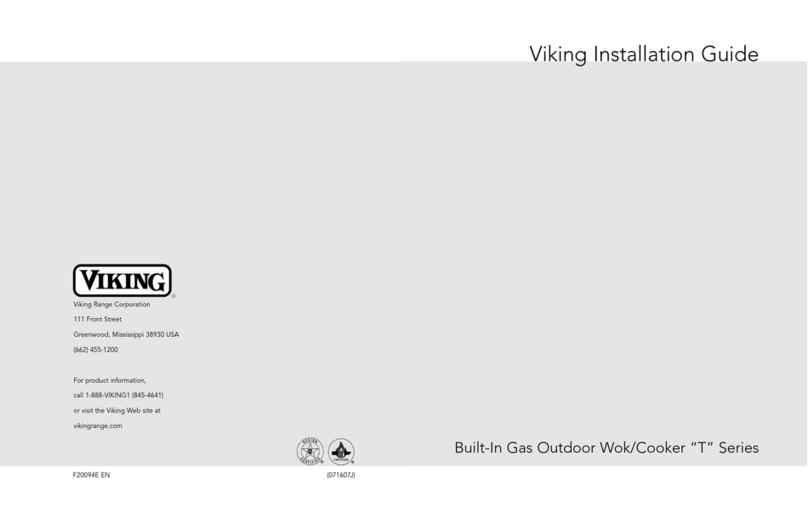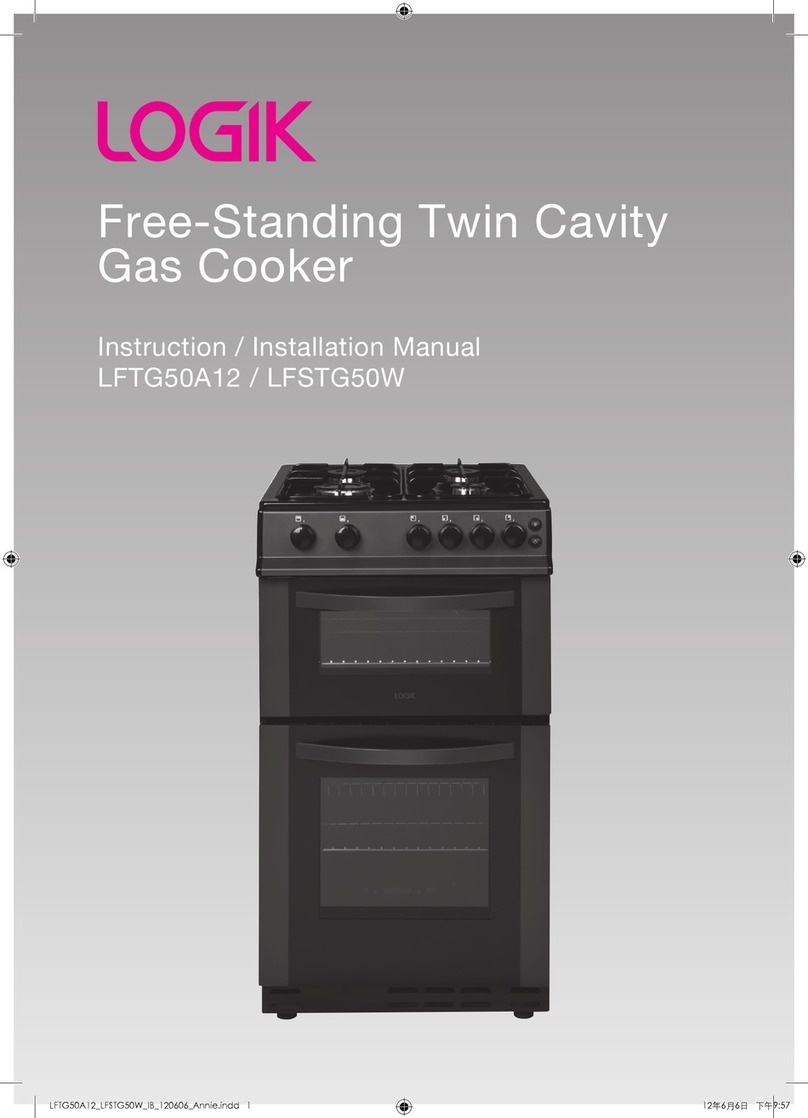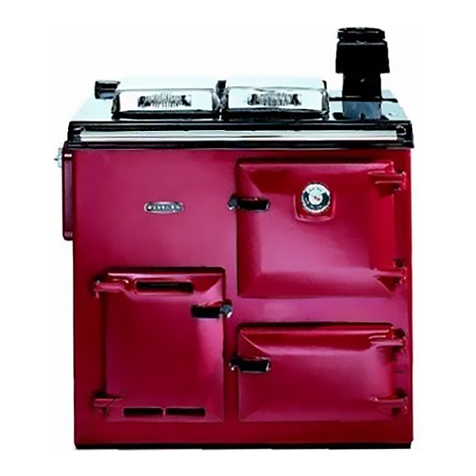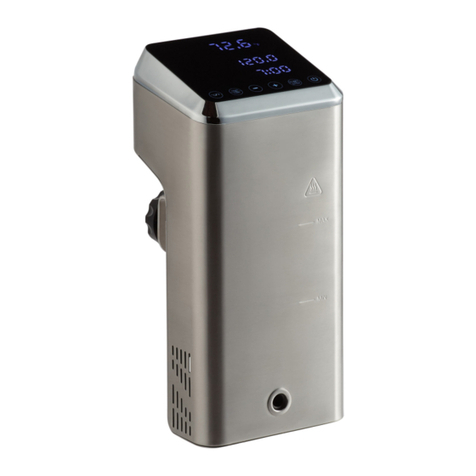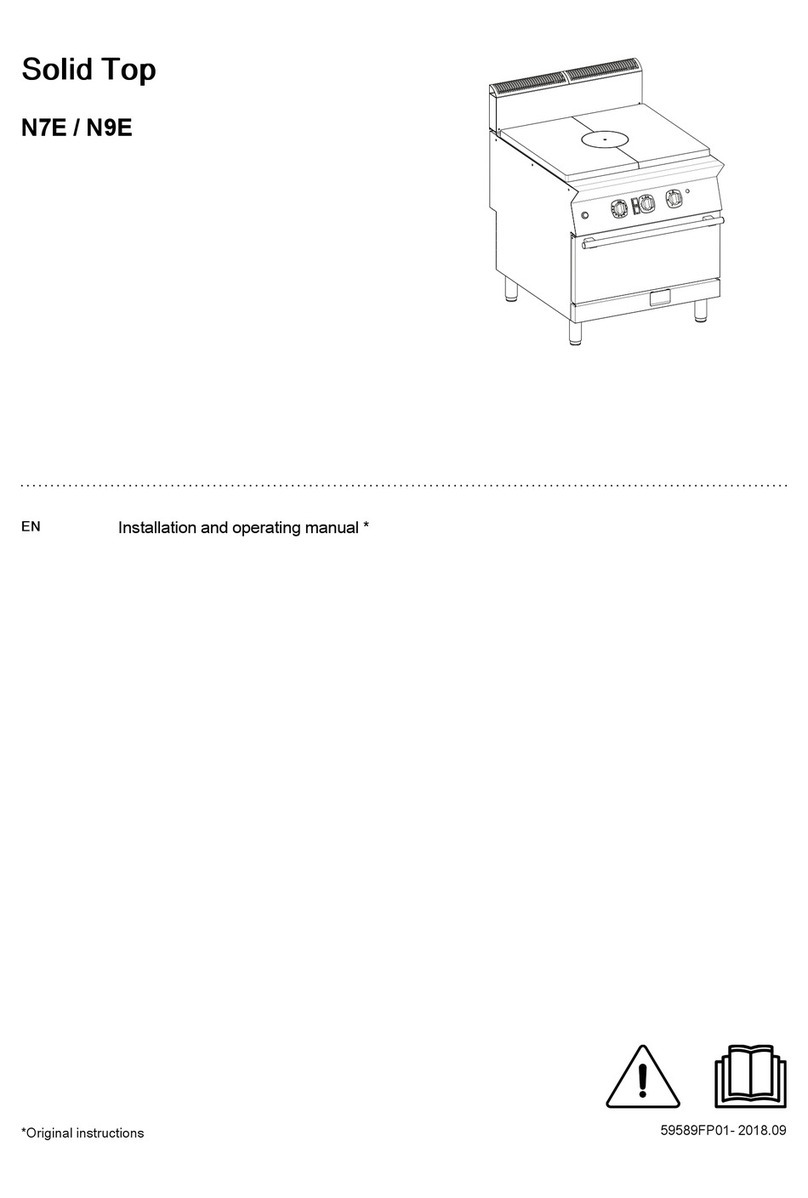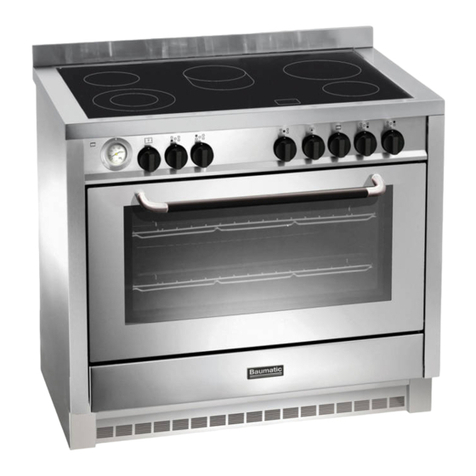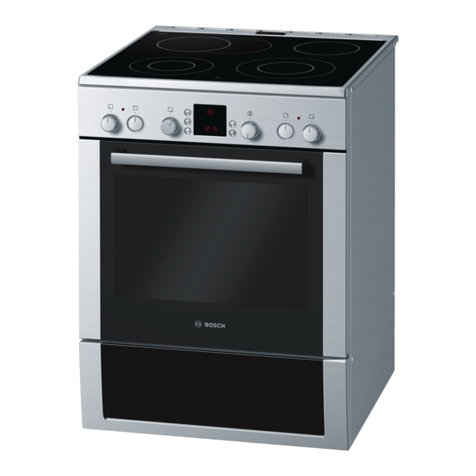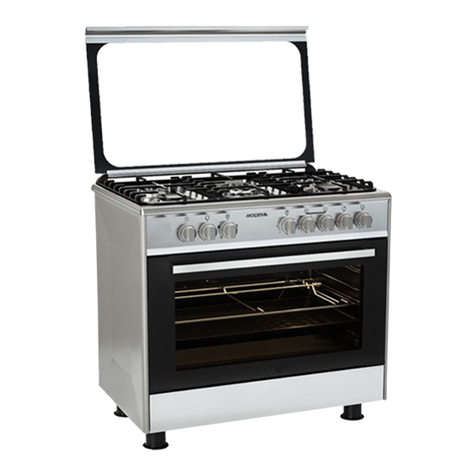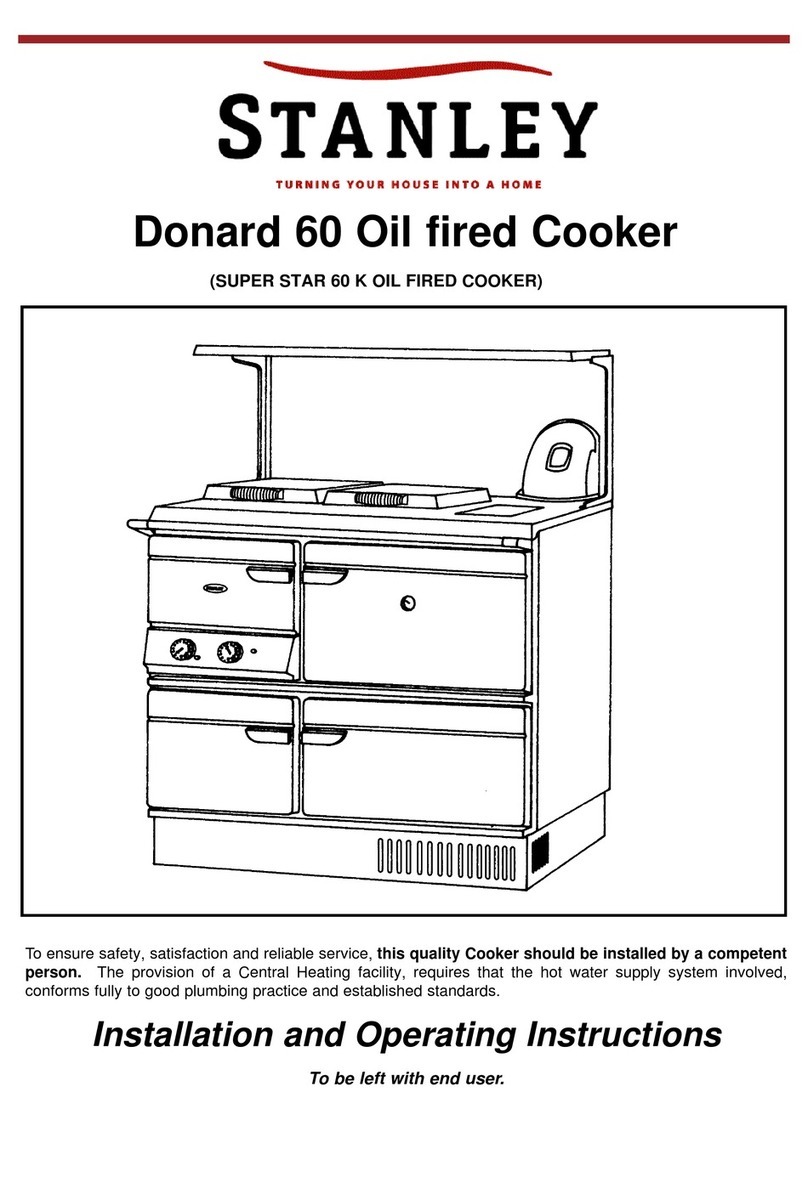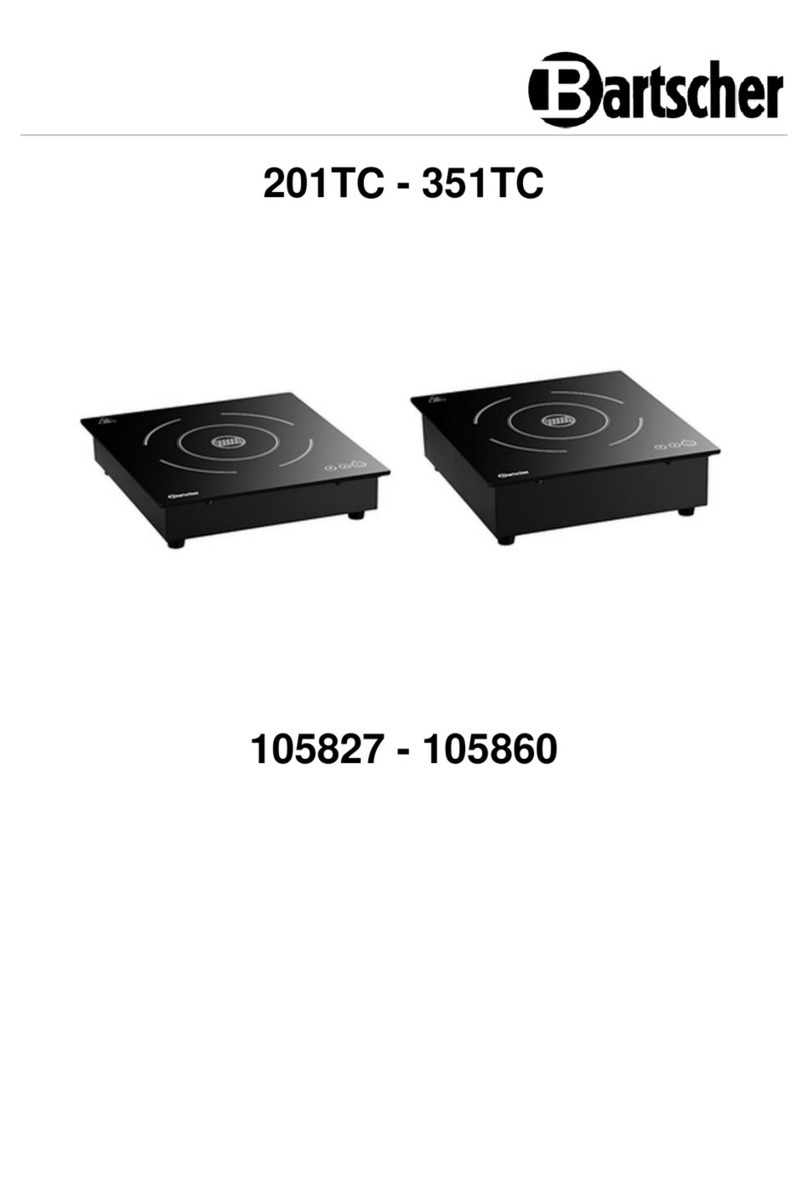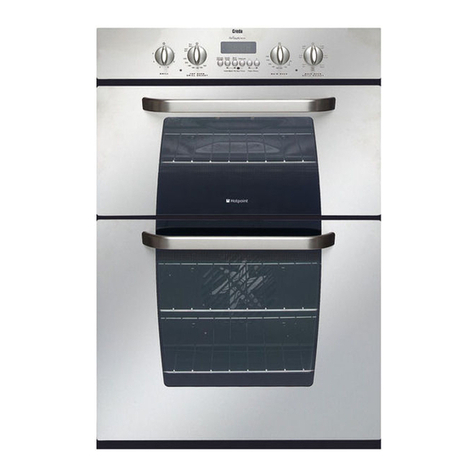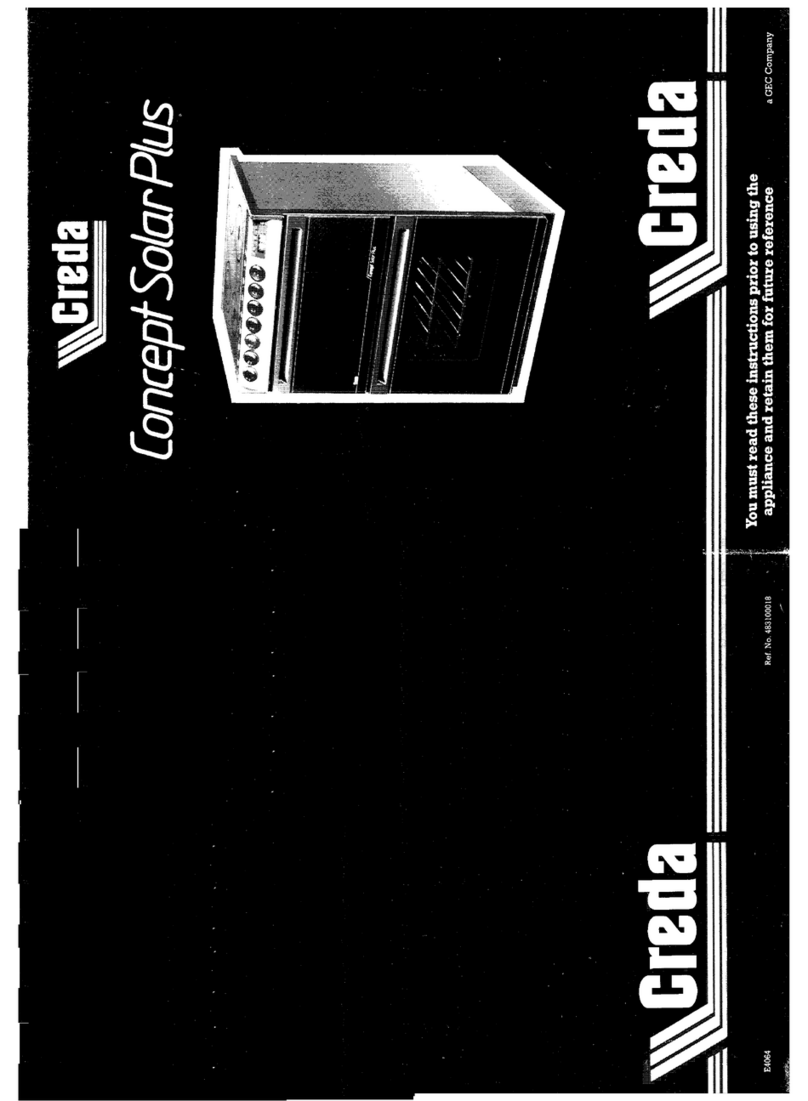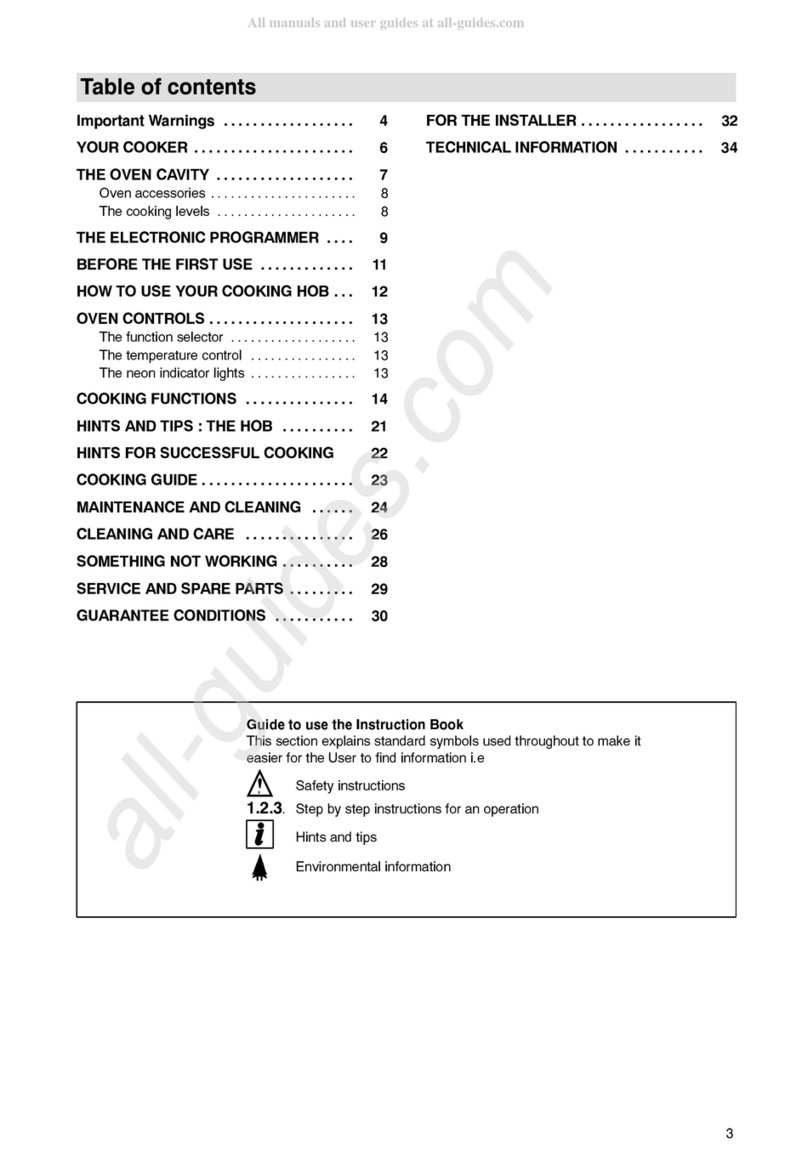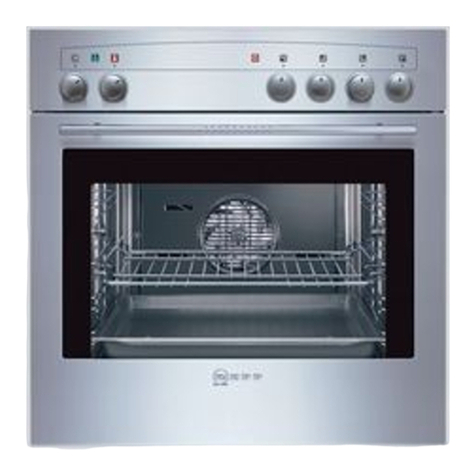Viking VGWTO5240LSS Technical manual

F20900 EN (000000)
Viking Range Corporation
111 Front Street
Greenwood, Mississippi 38930 USA
(662) 455-1200
For product information,
call 1-888-VIKING1 (845-4641)
or visit the Viking Web site at
vikingrange.com
Viking Use/Installation Guide
Built-In Gas Outdoor Wok/Cooker

3
2
IMPORTANT: PLEASE READ AND FOLLOW
1. Before beginning, please read these instructions completely and carefully.
2. Do not remove permanently affixed labels, warnings, or plates from product. This may void the warranty.
3. Please observe all local and national codes and ordinances.
4. Please ensure that this product is properly grounded.
5. The installer should leave these instructions with the consumer who should retain for local inspector’s use and for
future reference.
Installation must conform with local codes or in the absence of codes, the National Fuel Gas Code, ANSI Z223.1-latest edition.
IN CANADA: Installation must be in accordance with the current CAN/CGA-B149.1, Natural Gas Installation Code or
CAN/CGA-B149.2, Propane Installation Code and/or local codes.
FOR YOUR SAFETY
If you smell gas:
1. Shut off gas to the appliance
2. Extinguish any open flame
3. Open cover.
4. If odor continues, immediately call
your gas supplier or your fire
department
FOR YOUR SAFETY
1. Do not store or use gasoline or other
flammable vapors and liquids in the
vicinity of this or any other appliance.
2. An LP cylinder not connected for use
shall not be stored in the vicinity of
this or any other appliance.
WARNING
If not installed, operated and maintained in accordance with
the manufacturer’s instructions, this product could expose you
to substances in fuel or fuel combustion which can cause
death or serious illness and which are known to cause cancer,
birth defects, or other reproductive harm.
For example, benzene is a chemical which is part of
the gas supplied to the cooking product. It is
consumed in the flame during combustion. However,
exposure to a small amount of benzene is possible if
a gas leak occurs. Formaldehyde and soot are by-
products of incomplete combustion. Properly
adjusted burners with a bluish rather than yellow
flame minimize incomplete combustion.
GENERAL INFORMATION
1. WARNING: This wok/cooker is not intended to be installed in or on recreational vehicles and/or boats.
2. WARNING: Keep any electrical supply cord and the fuel supply hose away from any heated surfaces.
3. Keep the wok/cooker area clear and free from combustible materials, gasoline, and other flammable vapors and
liquids.
4. When the wok/cooker is not in use, the gas supply must be turned off at the LP gas supply cylinder.
5. The pressure regulator and hose assembly supplied with the wok/cooker must be used. Replacement pressure
regulators and hose assemblies must be those specified by the manufacturer.
6. Finding a leak is not a “do-it-yourself” procedure. Some leaks can only be found with the burner control in the
“on” position and this must be done by a qualified technician.
7. The LP supply cylinder to be used must be constructed and marked in accordance with the specifications for LP gas
cylinders of the U.S. Department of Transportation (DOT) or the National Standard of Canada, CAN/CSA-B339,
Cylinders, Spheres, and Tubes for the Transportation of Dangerous Goods.
8. Gas Manifold Pressure:
Natural gas - 4.0” W.C.P.
LP/Propane - 10.0” W.C.P.
IMPORTANT SAFETY INSTRUCTIONS
1. Your unit should be installed by a qualified technician. The appliance must be installed and
electrically grounded according to local codes. Have this technician show the location of the
gas shut-off valve on the wok so you know where and how to turn off the gas if necessary.
2. Do not attempt to repair or replace any part of this appliance unless specifically recommended
in this manual. All servicing should be referred to a qualified technician. A qualified technician is
required for any adjustments or conversions to Nat. or LP gas.
3. The “push-to-turn” knobs of this wok/cooker are designed to be childsafe. However, children
should not be left alone in the kitchen while the wok is in use. Do not store items of interest to
children over the unit. CAUTION: Children climbing to reach items could be seriously injured.
4. GREASE is flammable and should be handled carefully. Do not use water on grease fires. Never
pick up a flaming pan. Smother flaming pan by covering utensil completely with well-fitting lid,
cookie sheet or flat tray. Flaming grease outside of utensil can be extinguished with baking
soda or, if available, a multipurpose dry chemical or foam type extinguisher.
5. Never leave the surface area unattended at high heat setting. Boilovers cause smoking and
greasy spill-overs which may ignite.
6. If you are “flaming” liquor or other spirits under an exhaust, TURN THE FAN OFF. The draft
could cause the flames to spread out of control.
7. Wear proper apparel. Loose-fitting or hanging garments should never be worn while using the
appliance.
8. Never use your wok/cooker for warming or heating a room. This is based on safety
considerations.
9. Use proper pan size. Select utensils having flat bottoms large enough to cover the burner. Using
undersized utensils allows the flame to come up the side of the utensil, scorching the outside of
the utensil and making cleanup harder.
10. The flame of the surface burner should be adjusted to just cover the bottom of the pan or pot.
Excessive burner setting may cause scorching of adjacent countertop surfaces, as well as the
outside of the utensil. This is based on safety considerations.
11. Use dry pot holders. Moist or damp potholders on hot surfaces may result in burns from steam.
Do not let potholders touch hot surface areas. Do not use a towel or other bulky cloth.
12. To reduce the risk of burns, ignition of flammable materials, and spillage due to unintentional
contact with the utensil, the handle of a utensil should be positioned so that it is turned inward
toward the center of the unit, and so that it does not extend over adjacent burners.
13. Surface areas near burners may become hot enough to cause burns. During and after use, do
not touch areas near burners until they have had sufficient time to cool.

4
BASIC SPECIFICATIONS
Description VGWTO5240
Cutout Width 24 3/4” (62.9 cm)
Cutout Height 10 1/4” (26.0 cm)
Cutout Depth Minimum - 27 3/8” (69.5 cm) Maximum - 27 7/8” (70.8 cm)
Overall Width 26 1/4” (66.7 cm)
Overall Height To cooking surface - 11 3/4” (29.8 cm)
from Bottom
Overall Depth To end of side panel - 28 5/8” (72.7 cm)
from Rear To end of control panel - 31” (78.7 cm)
To end of knobs - 32 3/4” (83.2 cm)
Gas Requirements Natural: Standard residential 1/2” (1.3 cm) ID gas service line
LP/Propane: Standard residential 1/2” (1.3 cm) ID gas service line
or
Equipped with high capacity hose/regulator for connection to a
standard 20 lb. LP/Propane cylinder with Type 1, QCC-1 connector.
Unit must be ordered Natural or LP/Propane - Unit is not field convertible
Maximum amp usage .08 amps
Burner Rating 27,500 BTU NAT./27,500 BTU LP/Propane
Approximate
Shipping Weight 160 lbs. (72.0 kg)
5
CABINET CUTOUT DIMENSIONS
PROXIMITY TO CABINET INSTALLATION
The unit may be installed directly adjacent to the existing base cabinets. IMPORTANT - The side trim MUST be 3/8”
(.95 cm) above the adjacent base cabinet countertop. There is a 0” side and rear clearance to non-combustible
surfaces. The unit CANNOT be installed directly adjacent to combustible sidewalls. There must be a minimum of 6”
(15.2 cm) side and rear clearance from the unit to such combustible surfaces. This unit can not be placed under an
overhead which is unprotected and combustible.
IMPORTANT SAFETY INSTRUCTIONS (cont.)
14. Once the unit is installed as outlined in the Installation Instructions, it is important that the
fresh air supply is not obstructed. The use of a gas cooking appliance results in the
production of heat and moisture in the room in which it is installed. Ensure that the kitchen is
well-ventilated. Keep natural venting holes open or install a mechanical ventilation device.
Prolonged or intensive use of the appliance may call for additional (such as opening a
window) or more effective ventilation (such as increasing the level of a mechanical ventilation
if present).
15. The flueway must also remain clear.
16. Storage cabinet area above the unit must be
36” (91.4 cm) and cannot project more than
13” (33.0 cm) outward from the rear wall. Beware of
potential hazards associated with retrieving items from
such cabinets when the unit is in operation.
17. Keep area clean and free from combustible material,
gasoline, and other flammable liquids.
18. This appliance is not connected to a combustion products
evacuation device. It shall be installed and connected in accordance with current installation
regulations giving particular attention to the relevant requirements regarding ventilation.
Flueway
6” (15.24 cm)
to side wall
24 3/4”
(62.9 cm)
27 3/8”
(69.5 cm) Min.
1 1/2”(3.8 cm)
3/4” Min.
(1.9 cm)
10 1/4” (26.0 cm)

LP/PROPANE GAS CYLINDER CONNECTION
Outdoor wok/cookers orificed for use with LP/Propane cylinder gas
come equipped with a high capacity hose/regulator assembly for
connection to a standard 20 lb. LP/Propane cylinder equipped with
a Type 1, QCC-1 connector. (See LP/Propane tank requirements)
Built-in installations must be plumbed using a fixed/hard line if the unit is
going to be operated at a distance exceeding 3 feet (0.91 meters) from
the fuel supply per ANSI Z21.24. Also, in a built-in construction where an
LP/Propane tank is going to be used, there MUST be some type of
support (braces, cut-out, etc.) to prevent tank from moving within the
installation. The support must also allow the LP/Propane tank to withstand
a horizontal tipping force equal to the weight of the tank without tipping
over. The tank can not tip over or deflect more than 1.00 inch when a 38 lb.
horizontal force is applied to a 20 lb. LP/Propane tank.
Connection: 1/2” (1.3 cm) NPT male with a 3/8” (.95 cm) flare adapter
Operating Pressure: 10.0” W.C.P.
TO CONNECT DIRECTLY TO THE LP/PROPANE REGULATOR/HOSE ASSEMBLY IN A
CABINET INSTALLATION
Although the flow of gas is stopped when the quick disconnect system is disconnected as part
of its safety feature, you should always turn the LP/Propane tank main valve off after each use
and during transport of the tank or unit. First connect the regulator to the grill unit by pulling
back the coupler sleeve towards the regulator and inserting the 1/2” (1.3 cm) fitting into the
coupler. Release the sleeve and continue pushing the inlet into the coupler until the sleeve
snaps forward securing the connection. Then connect the hose assembly to the LP/Propane
tank. by screwing the Type 1, QCC-1 connector to the LP/Propane tank connector. Turn the
main tank valve on and turn the burner control valve on the unit to any position for about 20
seconds to allow the air in the system to purge before attempting to light the burner.
NOTE: INSPECT THE HOSE BEFORE EACH USE. IF IT IS EVIDENT THERE IS EXCESSIVE
ABRASION, WEAR OR THE HOSE IS CUT, IT MUST BE REPLACED PRIOR TO USE.
BEFORE PLACING THE UNIT INTO OPERATION, ALWAYS CHECK FOR GAS LEAKS WITH
A SOAPY WATER SOLUTION OR OTHER ACCEPTABLE METHOD. DO NOT USE AN
OPEN FLAME TO CHECK FOR LEAKS!!! LEAK TESTING OF THE APPLIANCE SHALL BE
CONDUCTED ACCORDING TO THE MANUFACTURER’S INSTRUCTIONS.
1/2” (1.3 cm) Male fitting
Coupler sleeve
Type 1, QCC-1
connector
Fitted with
Type 1,
QCC-1
connector
7
TO CONNECT WOK/COOKER DIRECTLY TO GAS LINE IN
A CABINET INSTALLATION
First screw the brass 1/2” (1.3 cm) fitting of the regulator in to
the 3/8” (.95 cm) brass flare adapter. Ensure that the
regulator arrow points in the direction of the gas flow towards
the unit and away from the supply. DO NOT use threading
compound on the male end of the 1/2” (1.3 cm) NPT to 3/8”
(.95 cm) flare adapter. Connect the regulator assembly to the
grill unit by pulling back the coupler sleeve towards the
regulator. Insert the fitting on the grill unit into the coupler.
Release the sleeve and continue pushing the fitting into the
coupler until the sleeve snaps forward securing the
connection.
6
GAS CONNECTION
Verify the type of gas supply to be used, either natural or LP/Propane and make sure the marking on the wok/cooker
rating plate agrees with that of the supply. Never connect an unregulated gas line to the appliance. An installer supplier
gas shut-off valve must be installed in an easily accessible location. All installer supplied parts must conform to local
codes, or in the absence of local codes, with National Fuel Gas Code, ANSI Z223.1-latest edition. Installation in Canada
must be in accordance with the current CAN/CGA-B149.1, Natural Gas Installation Code or CAN/CGA-B149.2, Propane
Installation Code and/or local codes.
All pipe sealants must be an approved type and resistant to the actions of LP gases. Never use pipe sealant on flare
fittings. All gas connections should be made by a competent technician and in accordance with local codes and/or
ordinances. In the absence of local codes, the installation must comply with the National Fuel Gas Code ANSIZ223.1-
latest edition.
The wok/cooker and its individual shut-off valve must be disconnected from the gas supply piping system during any
pressure testing of that system at test pressures in excess of 1/2 PSIG (3.5 kPa). The wok/cooker must be isolated from
the gas supply piping system by closing its individual manual shut-off valve during any pressure testing of that system at
test pressures equal to or less than 1/2 PSIG (3.5 kPa).
NATURAL OR LP/PROPANE FIXED PIPING CONNECTION
Connection: Standard Residential 1/2” (1.3 cm) gas service line -1/2” (1.3 cm) NPT male with 3/8” (.95 cm) flare adapter.
Operating Pressure: 4.0 W.C.P. Natural or 10.0” W.C.P. LP/Propane
Supply Pressure: 6” to 14” W.C.P. If in excess of 14” W.C.P., a step down regulator is required.
Check with your local gas utility company or with local codes for instructions on installing gas supply lines. Be sure to
check on type and size of run, and how deep to bury the line. If the gas line is too small, the unit will not function
properly. Any joint sealant must be an approved type and be resistive to the actions of natural or LP/Propane gas.
1. At least one ventilation opening shall be provided on the exposed exterior side of the enclosure located within 5
inches (127 mm) of the top of the enclosure and unobstructed. The opening(s) shall have a total free area of not less
than 1 in2/lb (14.2 cm2/kg) of stored fuel capacity.
2. At least one ventilation opening shall be provided on the exposed, exterior side of the enclosure 1 inch (25.4 mm)
or less from the floor level and shall have a total free area of not less than 1/2 in2/lb (7.1 cm2/kg) of stored fuel
capacity. The upper edge shall be no more than 5 inches (127 mm) above the floor level.
3. Every opening shall have a minimum dimension so as to permit the entrance of a 1/8 inch (3.2 mm) rod.
VENTILATION FOR BUILT-IN INSTALLATIONS
Not less than 5.00
inches from inside
bottom of countertop.
Not less than
1.00 inch from
inside floor of
installation.
1.00 inch maximum
5.00 inch
maximum
No more than 5.00 inches above
the floor of the installation.
5.00 inch
maximum
Vents
1/2” (1.3 cm) Male fitting
3/8” (.95 cm)
adapter Installer
supplied shut-off
valve must be
easily accessible
Coupler
sleeve
1/2” (1.3 cm)
Brass nipple

BURNER ADJUSTMENTS
To gain access to the burner for adjustments:
1. Remove the grate and grate support.
2. Locate the air shutter “A” and loosen the two screws “B” that holds
the air shutter in place.
3. Light the burner and turn the burner knob to the high position.
4. With a proper, high flame height, adjust the air shutter to obtain a blue
flame with no yellow tipping that sits on the burner at the burner ports.
(a) open the air shutter gap to add more air and to eliminate yellow
tipping.
(b) close the air shutter gap to reduce the air and to prevent a noisy
flame that lifts off the burner.
5. Turn the surface burners off.
6. Tighten the air shutter screws.
7. Replace the grate support and grate.
A
B
3/4” (1.91 cm)
Air Shutter
Orifice
9
LP/PROPANE TANK REQUIREMENTS
A dented or rusty LP/Propane tank may be hazardous and should be checked by your LP/Propane supplier. Never use
a cylinder with a damaged valve. All tanks should be equipped with an OPD (overfilling protection device). This is a
DOT requirement for all tanks purchased after October 1, 1998, and will ensure that the tank is not overfilled. The
LP/Propane tank should be a standard 5-gal., 20 lb. gas cylinder tank approximately 12” (3.1 cm) in diameter and 18”
(45.7 cm) high which must be constructed and marked in accordance with the specifications for LP/Propane gas
cylinders of the U.S. Department of Transportation (DOT) and designed for use with a Type 1, QCC-1 system only. The
cylinder must be provided with a shut-off valve terminating in an LP/Propane gas supply cylinder valve outlet specified,
as applicable, for a Type 1, QCC-1 connection. The cylinder used must include a collar to protect the cylinder valve.
The cylinder supply system must be arranged for vapor withdrawal and provided with a listed overfilling prevention
device. If the appliance is stored indoors the cylinder must be disconnected and removed from the appliance.
Cylinders must be stored outdoors in a well-vented area out of the reach of children.
INITIAL IGNITION OF BURNERS
All appliances are tested before leaving the factory. Field adjustments may be necessary for proper mixture of gas and
air for proper operation. When the unit is connected to gas and electrical service, it should be adjusted by a qualified
technician. If it is not, contact your dealer for the name of their authorized service agency. If none are available,
contact Viking Range Corporation for the nearest authorized service agency in your area.
AIR SHUTTER
8
FLAME HEIGHT
OVERHEAD VIEW
BEFORE YOU USE YOUR NEW WOK/COOKER
All products are wiped clean with solvents at the factory to remove any visible signs of dirt, oil, and
grease which may have remained from the manufacturing process. Before starting to cook, clean
the wok thoroughly with hot, soapy water.
Wok Pan w/Lid
Remove all packaging materials and temporary labels from the wok. Clean thoroughly with hot
soapy water and dry thoroughly. Apply a light coat of vegetable oil (do not use corn oil) to the
entire inside surface with a paper towel. Heat the wok on medium setting until the cooking surface
turns golden brown. Repeat this procedure several times. This seasoning seals the pores of the
metal, keeps food from sticking, and prevents the wok from rusting. Wipe off excess oil before
using or storing.
USING YOUR WOK/COOKER
Lighting the Burners
To light the burners, turn the appropriate control knob counter clockwise to any position. This
control is both a gas valve and an electric switch. Burners will ignite at any “on” position with the
automatic reignition system. If the flame goes out for any reason, the burners will automatically
reignite if the gas is still flowing. When gas is permitted to flow to the burners, the electric igniters
start sparking. On all surface igniters you should hear a “clicking” sound. If you do not, turn off the
control and check that the unit is plugged in and that the fuse or circuit breaker is not blown or
tripped. Within a few moments, enough gas will have traveled to the burner to be able to light.
When the burner lights, turn the burner control to any position to adjust the flame size. Setting the
proper height for the desired cooking process and selected utensil will result in superior cooking
performance, while also saving time and energy.
Wok Operation
Using the Trivet Grate (Center Wok Grate) The trivet grate
converts the large burner grate to a grate suitable for use
with large stock pots. To use the trivet grate, place the small
grate in the center of the large grate. Turn the trivet grate
until the feet on the trivet grate rests inside the notches
located on the center ring of the large grate.
Trivet grate
feet
Notches
This manual suits for next models
1
Table of contents
Other Viking Cooker manuals


